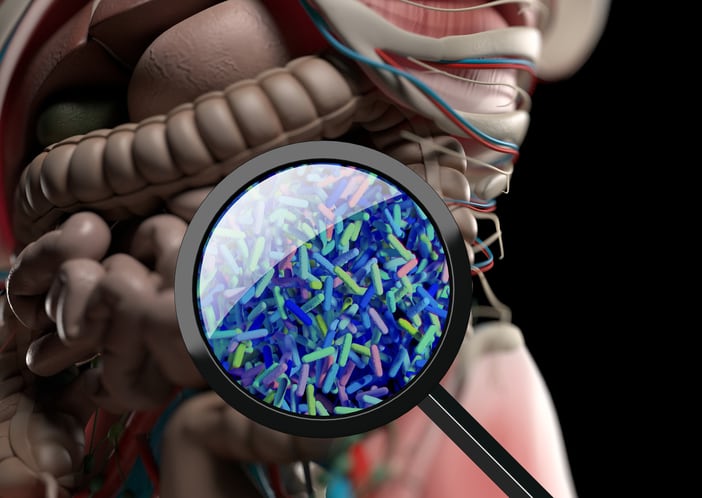Because previous studies have demonstrated that twins maintain related gut microbial communities, researchers at University of Alabama at Birmingham examined related strain samples from two previously published data sets from twin children and adults (36–80 years old) who have been either living together or apart at different times.
Microbial twinning
In order to gain insights into the temporal stability of the reservoir of gut microbial strains in humans, researchers used a genomics strain-tracking bioinformatics program to study whether those shared bacterial strains remain stable and resilient to changes in diet, environment, and the living arrangements of the twins.
The research team analyzed the two data sets using a previously developed strain-tracking tool which can distinguish a related strain pair from a non-related strain pair. The current study, published in the journal PLOS One, used metagenomic sequencing databases from fecal samples of eight twin child individuals and 50 twin adult individuals.
A whopping 2,462,958,975 metagenomics sequencing reads were amassed. After quality-based trimming and filtering processes, a total 2,381,182,671 sequences were used for the downstream analyses. This equates to about six terabytes of data, which the Cheaha UABgrid supercomputer and the UAB Information Technology's Research Computing group was tasked to help with.
Results
“Considerable strain sharing was found for most of children twin sets (3 out of 4) for several microbes, notably B. vulgatus and Alistipes putredinis,” the UAB researchers noted. In particular, significantly more shared strain pairs in child twins who still lived together, compared to adult twins after living apart for periods of time.
Adult twins who had lived apart less than 10 years were found to share much more related strain pairs than twins living apart for 10 years or more. Most notably, the highest number of related strain pairs were found in 80-year-old twins who had lived together for 79 years then were apart for one year. The next highest numbers of related strain pairs were found in 56-year-old twins who had lived together for 51 years, in 73-year-old twins who lived together for 66 years, and in 36-year-old twins separated for 19 years.
Single-shared strains were observed in three twin sets who had lived apart between 22 to 54 years, but the authors note these sporadic shared strains did not illustrate a correlation with the length of living apart.
The authors conclude that the analysis demonstrated the existence of individual-specific and shared microbial strain(s) in twins. Moreover, the adult twins 36 to 80 years old showed a certain strain(s) between pair of twins was shared post-separation.
Strains persist
“The potential exists for an individual to maintain the same strains of certain gut microbes for an extended time, possibly decades. While we do not know the origin of these shared microbes in the twins, these results suggest the possibility of strains shared between non-cohabitating twins for decades. However, for most individuals, environmental changes such as antibiotics and new diets that occur during aging can disrupt the stable landscape of the gut microbial community leading to the emergence of new strains."
Probiota 2020
The rapidly evolving universe of probiotics, prebiotics and the microbiome will be propelled into the new decade at the upcoming Probiota 2020 summit in Dublin on February 10-12.
From advances in microbiome research, to start-up game changers, key market stats, crucial clinical science and regulatory knowledge, attendance is a must-have for those in the prebiotic, probiotic and microbiome sectors.
Will you be joining your peers in one of the world’s greatest cities?
Source:
PLOS ONE
Dec 5 2019 DOI: 10.1371/journal.pone.0226111
“Sharing of gut microbial strains between selected individual sets of twins cohabitating for decades”
Authors: H. Koo, et al.




